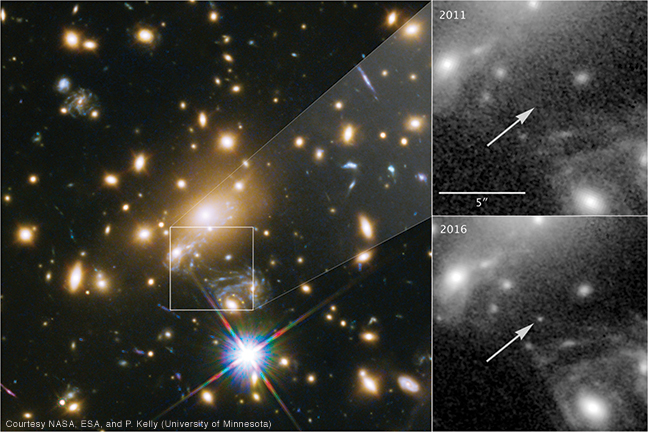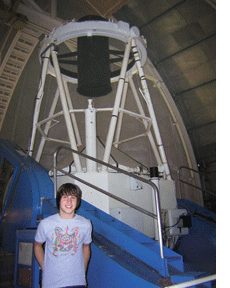Many investors these days are putting their dollars into the emerging markets of eastern Europe and Asia. If a former astronaut has his way, however, they will shift their attention to another business frontier — one about 240,000 miles away.
Harrison Schmitt, a member of the Apollo 17 lunar mission 25 years ago and a former U.S. Senator from New Mexico, outlined the possibilities for commercial ventures on the moon in a talk he gave last month as part of a visiting lecture series sponsored by the Department of Physics and Astronomy. Schmitt and a team of researchers at the University of Wisconsin, where he serves as an adjunct professor, have been putting together a business plan for potential lunar enterprises that would include mining Helium 3 from the moon’s surface and sending it back to Earth for use as an alternative power source.
If
a Helium 3-based fusion reactor were to be developed and introduced in
2015, Schmitt predicted, it could capture half the U.S.
electricity-production market by 2050. Other commercial uses for fusion
technology might include medical-isotope production and mine-detection
equipment. But the pursuit of profit should not be the only reason to
invest in the moon’s resources, Schmitt suggested. With the world’s
population expected to reach 10 billion people by 2050, it’s crucial to
develop cheaper, more efficient, and environmentally safer energy
sources than fossil fuels and fission reactors. Continuing to rely on
fossil fuels for energy-production could increase the “greenhouse gases”
in Earth’s atmosphere, Schmitt said, while nuclear reactors now use
fission technology, which produces high levels of radioactive waste. A
Helium 3-based fusion reactor, however, could generate energy with less
radioactivity, higher efficiency, and probably a lower cost.
“If
all of this is so attractive, then why hasn’t it been pursued more
vigorously?” he asked. “There are two good reasons. One of them is that
the physics is tougher. You also need a fuel supply.” While the U.S.
government has been reluctant to invest in such a project, having
already spent billions of dollars on other energy research, Schmitt
noted that Japan is investing “something like $40 million a year [in]
the technology of developing a reactor system compatible with Helium 3.”
Earth’s
inventories of Helium 3 are very low, but there are an estimated one
million tons on the lunar surface, mainly imbedded in an ore called
ilmenite. To tap into the moon’s huge supply of Helium 3, researchers
will have to find ways to get mining equipment there and carry it back
to Earth more cheaply, Schmitt said. Even so, the capital needed to
support such a venture could amount to about $10-15 billion over a
15-year period.
“Is $15 billion an unreasonable capital requirement on the part of the private sector? Probably not,” he said, citing the Trans-Alaskan Pipeline and the Eurotunnel as private projects that cost a similar amount of money. “We’re talking about a scale of investment that is not outside the scale of what has already happened.”




